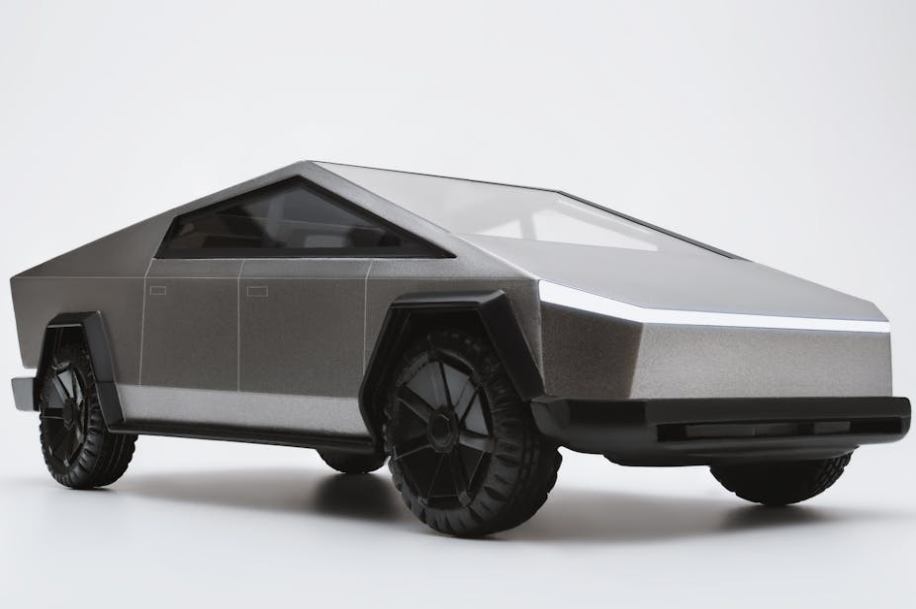The Race to Electrify: Ford Accelerates Lightning Production
Ford Motor Company is stepping up its game in the electric vehicle (EV) market. With heightened competition from other automakers, Ford is significantly increasing the production of its popular F-150 Lightning. This move aims to solidify Ford’s position in the burgeoning EV landscape, as they strive to meet the growing consumer demand for electric trucks.
Ford’s Strategic Move
The decision to ramp up production is a strategic one. Ford’s F-150 Lightning has garnered substantial attention since its release, praised for its blend of traditional truck capabilities with modern electric technology. The increased production will allow Ford to fulfill backorders more quickly and potentially attract new customers who are on the fence about transitioning to an EV.
Ford’s Chief Executive Officer, Jim Farley, stated that the company is committed to making electric vehicles more accessible to the average consumer. “We are not just building a truck; we are building the future of transportation,” Farley said. This commitment is evident in the company’s significant investment in modernizing its production facilities to accommodate the increased output.
But it’s not just about the infrastructure. Ford has been actively engaging with its dealer network to ensure that they are prepared for the influx of electric vehicles. Training programs are being rolled out to educate dealership staff on the specifics of electric vehicles, from their unique maintenance requirements to their advanced features. This ensures that customers receive the best possible support and service, easing their transition to an electric vehicle.
Competition in the Electric Truck Market
The electric truck market is heating up. Rivals such as Tesla, with its Cybertruck, and Rivian, with its R1T, are also vying for a slice of the market. Both companies have made significant strides, pushing Ford to act swiftly. Tesla’s Cybertruck has attracted a lot of publicity due to its futuristic design and advanced features, while Rivian’s R1T has been praised for its off-road capabilities and luxury elements.
Ford’s decision to increase production is not just about meeting demand. It’s also about staying competitive. By ensuring that the F-150 Lightning is readily available, Ford aims to capture a larger market share and establish itself as a leader in the electric truck segment.

While the competition is fierce, Ford has a few advantages. The F-150 is already a well-known and trusted name in the truck market. By electrifying this iconic vehicle, Ford taps into an existing customer base that may be more willing to transition to an electric version of a truck they already love.
Additionally, Ford has been leveraging its long-standing relationships with fleet customers. Businesses that rely on trucks for their daily operations are increasingly looking for sustainable solutions, and the F-150 Lightning presents an attractive option. Ford’s established reputation and reliability in the fleet market could give it a significant edge over newer competitors.
Production Challenges and Solutions
Scaling up production is not without its challenges. Ford has had to navigate supply chain issues, particularly with the sourcing of batteries. The global semiconductor shortage has also posed problems, affecting the entire automotive industry. Despite these hurdles, Ford remains optimistic.
To address these challenges, Ford has invested in its supply chain and partnered with battery manufacturers to secure a steady supply of the critical components needed for the F-150 Lightning. Additionally, the company has worked to streamline its production processes, incorporating advanced manufacturing techniques and automation to increase efficiency.
These efforts are starting to pay off. Ford recently announced that they had successfully doubled their production capacity for the F-150 Lightning ahead of schedule. This achievement is a testament to the company’s ability to adapt and overcome obstacles in its quest to lead the electric truck market.
Moreover, Ford has been proactive in developing a recycling program for used batteries. As the first generation of electric vehicles begins to age, the company is preparing to handle the influx of end-of-life batteries. By focusing on sustainability and the full lifecycle of their products, Ford is not only addressing environmental concerns but also setting itself apart in the industry.
Consumer Response and Market Impact
The response from consumers has been overwhelmingly positive. Many early adopters of the F-150 Lightning have praised the vehicle for its performance, range, and features. The truck’s ability to serve as a mobile power source has been particularly well-received, offering utility that extends beyond traditional driving purposes.
As more consumers experience the benefits of electric trucks, the market is likely to expand. Ford’s increased production capacity positions the company to meet this growing demand and potentially convert more traditional truck buyers to electric vehicles.
- The F-150 Lightning has a range of up to 300 miles on a single charge.
- It can tow up to 10,000 pounds.
- The truck features an advanced infotainment system with over-the-air updates.
- Ford offers a comprehensive warranty for the battery and electric components.
With these attractive features, it’s no surprise that the F-150 Lightning is generating significant interest. Ford’s ability to meet this demand will be crucial in maintaining its competitive edge in the electric truck market.
Furthermore, Ford has introduced a unique home integration system for the F-150 Lightning. This system allows the truck to serve as a backup power source for homes during power outages. This capability has been a selling point for many customers, particularly those in regions prone to natural disasters. By offering solutions that extend beyond transportation, Ford is adding value and differentiating itself in the market.
The Road Ahead
Looking ahead, Ford has ambitious plans for its EV lineup. The company aims to have electric vehicles make up 40% of its global sales by 2030. This goal is part of a broader strategy to reduce carbon emissions and promote sustainability in the automotive industry.
To achieve this, Ford is not only focusing on increasing production but also on expanding its range of electric vehicles. The company has already announced plans for additional electric models, including an electric version of the Ford Explorer and a new electric SUV.
Furthermore, Ford is investing in charging infrastructure to support its growing fleet of electric vehicles. The company is partnering with various organizations to expand the availability of fast-charging stations, making it easier for consumers to charge their vehicles on the go.
In addition, Ford is exploring innovative technologies such as wireless charging and vehicle-to-grid (V2G) capabilities. These advancements could revolutionize the way electric vehicles are used and integrated into the energy grid. By staying at the forefront of technological development, Ford is positioning itself as a leader in the next generation of automotive innovation.
In conclusion, Ford’s decision to increase production of the F-150 Lightning is a strategic move to stay competitive in the rapidly evolving electric vehicle market. With the F-150 Lightning, Ford is not just building a truck; they are paving the way for the future of transportation. As the company continues to innovate and expand its EV offerings, it is poised to remain a key player in the automotive industry for years to come.










